Referring to the companion pieces at fine exhibits as “accents” doesn’t always do them justice. Using the Japanese “kusamono” isn’t much better as the term translates directly to “grass-” or “weed-thing.”
Accents can provide color, add interest to displays and indicate the season. They can also be compelling artistic creations on their own. Here are a handful of the wonderful accents on display at this year’s Taikan-ten.
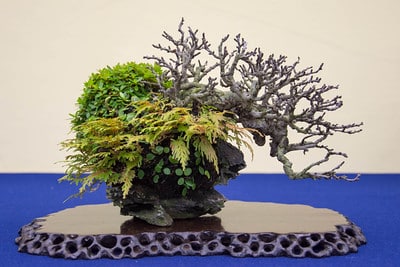
Chojubai on a stone
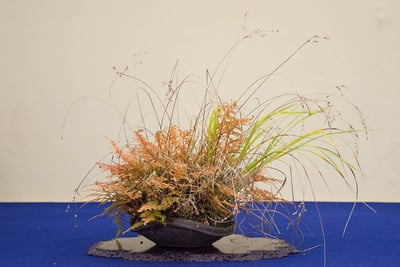
Selaginella and grass
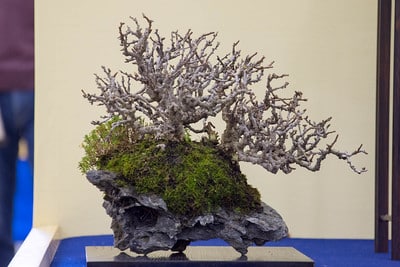
Chojubai on a stone
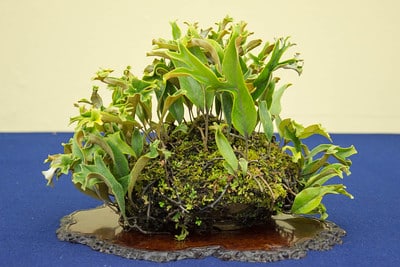
Fern – Pyrrosia sp.
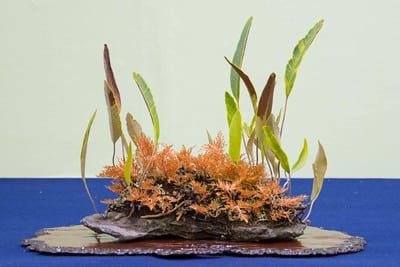
Selaginella and fern – Pyrrosia lingua var. ogon nishiki
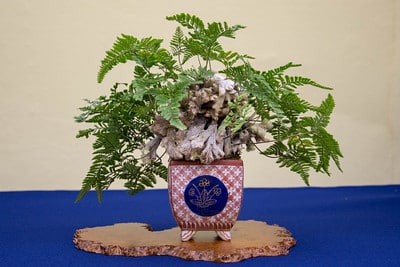
Fern – Davalia sp.
Subscribe to Bonsai Tonight
New Posts Delivered Every Tuesday and Friday
Sage Smith says
Wonderful kusamono!!! Thanks for sharing
Zach says
Do you know what type of ferns are in the fourth and fifth photos?
Jonas Dupuich says
Hi Zach – the fifth, and likely the fourth, are Pyrrosia. I’ve filled in what I can above.
japanesepots says
Shitakusa?
vonsgardens says
Wow!
Bruce says
Is there word that works for you?
Jonas Dupuich says
Good question – I have yet to find a better term than accent. I use the term companion on occasion but typically prefer accent.
japanesepots says
Jonas, when used as an “accent” in a display with a bonsai, isn’t the proper term in Japan “Shitakusa”?
That’s the one I always preferred.
Shitakusa-“Undergrass” or “Under growth”
Jonas Dupuich says
That’s exactly right, shitakusa when displayed with bonsai – the case here – and kusamono when displayed on their own. Then there’s kokedama, the “moss balls,” which are sometimes similar. Thanks for the tip!
Zach says
Thanks Jonas! I’ll be on the lookout for some of those.